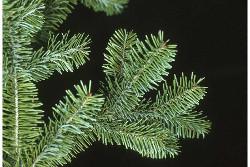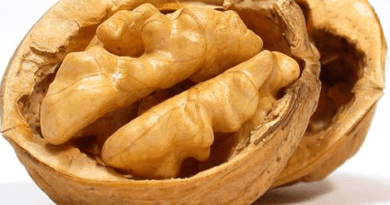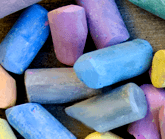WHAT ABOUT THE BALSAMS?
Balsam is another word for the sap that comes from trees, mostly conifers. Balsams have been used in art throughout history, and are also commonly used in folk medicine. Flemish and German masters such as Matthias Grunewald used balsams, as did Van Dyck and Rubens, Rembrandt and Velasquez.
At one point in time, art paint manufacturers thought they had discovered the ultimate paint by mixing balsams with tube colors. They marketed these as “Old Masters Paints”. The paint would dry thoroughly and the depth of color would remain vibrant. Half-dried tacky layers could be painted over without the usual shrinkage and “fat over lean” problems of pure oil paints. Both opaque and transparent techniques were possible, and a final protective layer of varnish wasn’t needed on the painting. However, artist paint manufacturers soon discovered that these mixed paints dried faster in the tube than regular oil paints, and so there was a marketing issue. Likewise, some of the paints were made using a type of balsam called copaiba, which turned out to have its own unique problems. So the use of balsams in tube paints slowly faded from popularity.
The availability of balsams was severely limited by World War I, and this led to the introduction of synthetics. Some traditional balsams such as the European “Venice” and “Strasbourg” have continued to be difficult to find, but Canada Balsam is more available because the “Abies balsamea” fir tree grows well in North American and Canada. Canada Balsam dries so clear that it has often been used as a glass adhesive in optical devices, and thus is highly desirable for use in artist paints.
Image: Robert H. Mohlenbrock, hosted by the USDA-NRCS PLANTS Database / USDA NRCS. 1995. Northeast wetland flora: Field office guide to plant species. Northeast National Technical Center, Chester.




